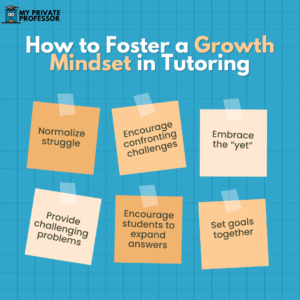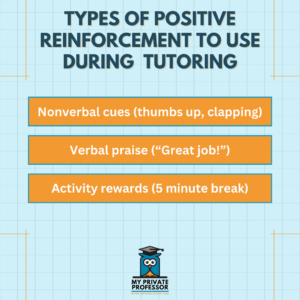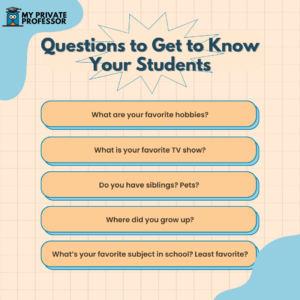One silver lining from COVID-19 has been the increased potential to leverage technology in education. In 2022, the global online tutoring industry earned over $7 billion, with experts anticipating its continued growth.
In our post-pandemic world, students continue to struggle academically. That is, learning losses continue to impact students’ learning ability and outcomes.
Furthermore, according to 2022 NAEP assessments, student reading scores had the greatest decline since 1990, and the first ever mathematics score decline ever recorded. Additionally, national learning dropped by four points compared to 2019 learning. And that comes out to be approximately 12 weeks of learning delay. However, schools (at least, most schools) cannot provide twelve weeks of additional instruction, so many students need extra academic support.
According to Chalkbeat and The Associated Press, although schools have received billions of dollars via federal COVID funds, only a small portion of students have received school tutoring.
In addition, teachers are burnt out! In fact, according to a Gallup poll from June 2022, K-12 workers have the burnout rates in the U.S. As such, they can’t possibly support all of their students to effectively get them back on track and overcome learning losses.
Therefore, your work as an online tutor is vital to helping these students succeed.
As a tutor, you can uplift, encourage, and motivate your students—or, you can put forth minimum effort, receive your payment, and move on with your day. It’s up to you!
As such, here are some tips for optimizing your online tutoring sessions to best support your students.
Forming a personal connection with your students
- Early on, ask your students about what they like to do for fun and what’s going on in their life.
- Ask your students what they prefer to be called.
- If you have sessions early in the week, ask how your student’s weekend was.
- Treat your student like an equal, and not like a child to whom you must talk down.
- Share your own experiences and struggles in school with your students.
- Check in with your student about a struggle they mentioned previously—whether academically or in their personal life.
- Ask your students for feedback and have a closing reflection on the session.
- If you’re going through something challenging and then have a tutoring session, briefly explain this to your student so they know your mood isn’t about them.
- Provide constructive feedback without being overly critical or condescending.
- Avoid interrupting your students when they are speaking.
Making tutoring sessions more fun
- Implement competitive games into your sessions.
- Use virtual backgrounds and encourage students to have fun with that.
- If the student enjoys it, play music in the background (softly).
- Take intermittent breaks and encourage students to get some movement in.

- For instance, jumping jacks, dancing, etc.
- Make up songs to help students remember challenging concepts.
- Create themes for sessions that are related to your student’s interests.
- Try to be as upbeat as possible—your energy directly rubs off on your student’s energy.
Making tutoring sessions more engaging
- Practice active listening by utilizing body language (smiling, nodding) and asking questions.
- Ask your student about their preferred learning style (audio, visual, text, etc.).
- Then, implement strategies based on their learning style.
- Be open to students’ alternative strategies for problem solving, unless it may present challenges later on.
- Use open-ended questions to ensure that students have a solid understanding of the material.
- Utilize real-world examples to help explain concepts.
- If you’re spending a lot of time talking, mix it up and throw in some visuals, videos, etc.
- Implement “teach you” periods, where your student teaches you a concept/topic in their own words.
Uplifting students’ confidence
- Encourage students to set academic goals and if they don’t know where to start, sit down with them and have an open conversation.
- Utilize positive reinforcement when students achieve goals.
- Adjust your lesson plan and take a pause on a concept if a student is frustrated for a period of time.
- Embrace a growth mindset and actively encourage the same within your students.
- That is, focus on the ‘yet’. (”You haven’t mastered trigonometry…yet.”)
- Avoid comparing your student to other students you’ve tutored in the past.
- Even when your students fall short, always recognize their strengths.

Staying organized during tutoring sessions
- Develop outlines/agendas for each tutoring session—and share them with your student.
- Make a list of high and low priorities for each tutoring session.
- With your student, identify objectives/goals for each tutoring session.
- Utilize mind-mapping strategies.
- Take notes during the session to keep track of the student’s confusion and where they still need support.
Utilizing technology in tutoring sessions
- Integrate a virtual whiteboard into sessions to draw ideas and display notes for you and your student.
- Record lessons that will be useful for your student to review later on.
- Provide your students with online resources they can utilize outside of tutoring sessions to help with studying and homework.
- Use 3D models and animations to help explain concepts.
- Send online feedback forms to your students to gauge progress and how much they’re enjoying their tutoring sessions.
- Communicate via email or text outside of tutoring sessions to communicate about questions that arise outside of sessions (for example, scheduling issues and concepts you’ll be focusing on during the next sessions).
- Use Bitpaper to upload images, documents, and files on which you can collaborate.
- Utilize online project management systems to help students manage timelines for multiple projects/exams and remember to turn in their homework assignments.
- Send students practice problems to work on prior to tutoring sessions.
- Provide students with educational “shorts” or videos to reinforce concepts with which they’re struggling.








